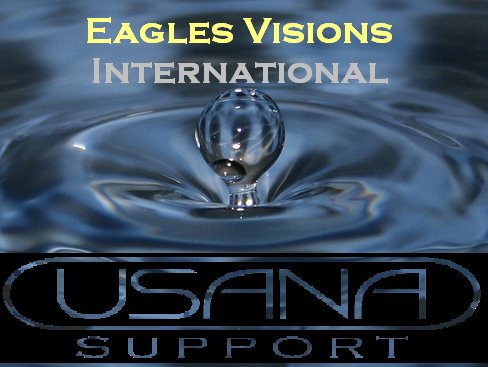Water Contamination
Water pollution is the contamination of water bodies such as lakes, rivers, oceans, and groundwater caused by human activities, which can be harmful to organisms and plants which live in these water bodies.
Although natural phenomena such as volcanoes, algae blooms, storms, and earthquakes also cause major changes in water quality and the ecological status of water, water is typically referred to as polluted when it is impaired by anthropogenic contaminants and either does not support a human use (like serving as drinking water) or undergoes a marked shift in its ability to support its constituent biotic communities. Water pollution has many causes and characteristics. The primary sources of water pollution are generally grouped into two categories based on their point of origin. Point-source pollution refers to contaminants that enter a waterway through a discrete "point source". Examples of this category include discharges from a waste water treatment plant, outfalls from a factory, leaking underground tanks, etc.
The second primary category, non-point source pollution, refers to contamination that, as its name suggests, does not originate from a single discrete source. Non-point source pollution is often a cumulative effect of small amounts of contaminants gathered from a large area.
Nutrient runoff in storm water from sheet flow over an agricultural field, or metals and hydrocarbons from an area with high impervious surfaces and vehicular traffic are examples of non-point source pollution. The primary focus of legislation and efforts to curb water pollution for the past several decades was first aimed at point sources. As point sources have been effectively regulated, greater attention has come to be placed on non-point source contributions, especially in rapidly urbanizing/suburbanization or developing areas.
The specific contaminants leading to pollution in water include a wide spectrum of chemicals, pathogens, and physical or sensory changes. While many of the chemicals and substances that are regulated may be naturally occurring (iron, manganese, etc) the concentration is often the key in determining what is a natural component of water, and what is a contaminant. Many of the chemical substances are toxic. Pathogens can produce waterborne diseases in either human or animal hosts. Alteration of water's physical chemistry include acidity, electrical conductivity, temperature, and eutrophication. Eutrophication is the fertilization of surface water by nutrients that were previously scarce. Water pollution is a major problem in the global context. It has been suggested that it is the leading worldwide cause of deaths and diseases, and that it accounts for the deaths of more than 14,000 people daily.Contaminants may include organic and inorganic substances.
Some organic water pollutants are:
- Insecticides and herbicides, a huge range of organohalides and other chemicals
- Bacteria, often is from sewage or livestock operations
- Food processing waste, including pathogens
- Tree and brush debris from logging operations
- VOCs (volatile organic compounds), such as industrial solvents, from improper storage
- DNAPLs (dense non-aqueous phase liquids), such as chlorinated solvents, which may fall at the bottom of reservoirs, since they don't mix well with water and are more dense
- Petroleum Hydrocarbons including fuels (gasoline, diesel, jet fuels, and fuel oils) and lubricants (motor oil) from oil field operations, refineries, pipelines, retail service station's underground storage tanks, and transfer operations. Note: VOCs include gasoline-range hydrocarbons.
- Detergents
- Various chemical compounds found in personal hygiene and cosmetic products
- Disinfection by-products (DBPs) found in chemically disinfected drinking water
Some inorganic water pollutants include:
- Spill of oil over the seas is the biggest danger.
- Heavy metals including acid mine drainage
- Acidity caused by industrial discharges (especially sulfur dioxide from power plants)
- Pre-production industrial raw resin pellets, an industrial pollutant
- Chemical waste as industrial by products
- Fertilizers, in runoff from agriculture including nitrates and phosphates
- Silt in surface runoff from construction sites, logging, slash and burn practices or land clearing sites
Macroscopic, that is, large visible items polluting the water are termed marine debris, and can include such items as:
- Nurdles, small ubiquitous waterborne plastic pellets
- Shipwrecks, large derelict ships
Discover Zero 7!









